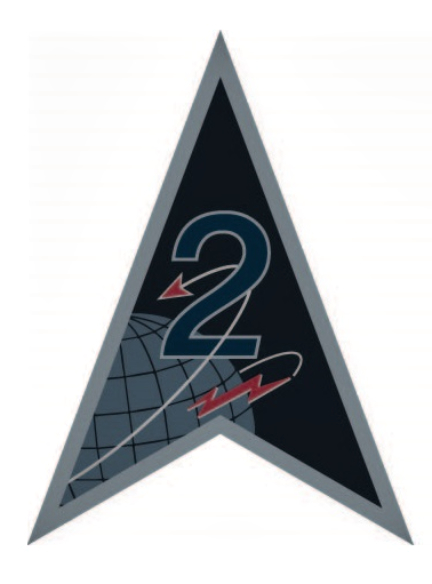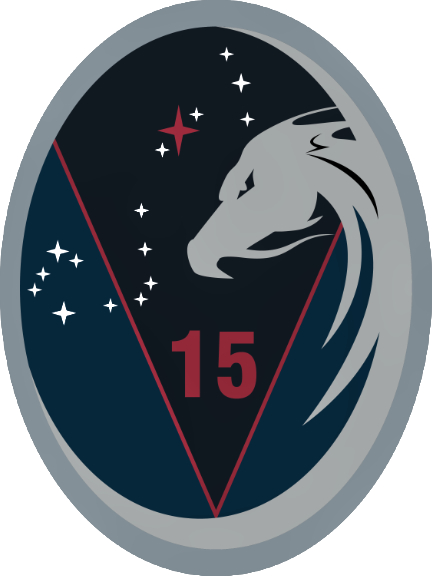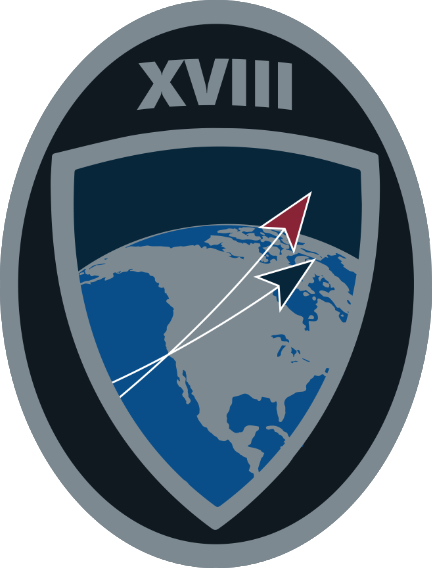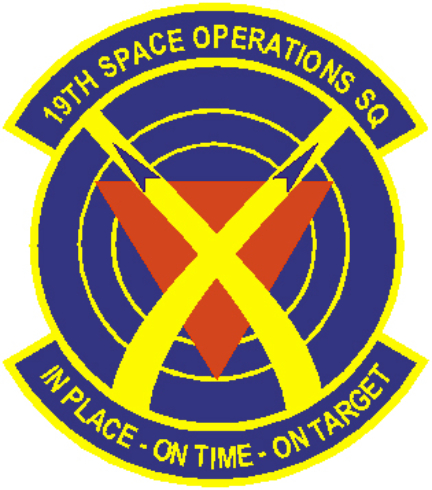On November 16, 2022, NASA’s Artemis I successfully launched from Space Launch Complex 39B. This landmark event marked the first successful launch of the Orion spacecraft and Space Launch System (SLS) rocket. Artemis I reentered Earth’s atmosphere on December 11, 2022.





Over the course of Artemis I’s flight, Space Delta 2 and its components, the 15th Space Surveillance Squadron, 18th Space Defense Squadron, 19th Space Defense Squadron and 20th Space Surveillance Squadron, collaborated to test capabilities to maintain custody of cislunar objects.
Additionally, they defined xGEO tracking, which refers to any area beyond the geosynchronous orbit where the standard laws of orbital dynamics no longer apply.
Space Delta 2 also functioned as a liaison by sharing information, data points, and lessons learned among the Department of Defense, commercial, academic and other government partners.
Space Delta 2’s mission is to prepare and present assigned and attached forces enabled to execute combat‐ready SDA operations.
In other words, they aim to maintain and ensure freedom of action for the United States, its allies and commercial partners in the space domain.
XGEO tracking and the cislunar regime are rapidly receiving more focus from all space-faring nations and must be included in the totality of Space Delta 2’s mission.
Space Delta 2’s ability to support missions such as Artemis through their operational skillset and integrate with national and global partners help secure our place as a leader for the peaceful use of the global commons.
“Providing support to the Artemis I mission allows Delta 2 sensors to test cislunar tracking tactics, techniques, and procedures for future crewed missions,” said Colonel Marc A. Brock, Space Delta 2 commander. “SDA requires Space Delta 2 operators to obtain and maintain a continuous, comprehensive, and combat‐relevant understanding of the space situation. This data is critical to satellite operators all over the world in achieving mission success as the space domain becomes more contested and congested.”
Brock continued, “SDA is the foundation for all operations occurring in, from and to space. It serves as the cornerstone for Joint Force success. Timely and accurate xGEO space object detection and tracking in conjunction with our traditional SDA operations closer to Earth will be essential to our support for human space flight safety from launch to lunar landing and return, to facilitate human exploration and to promote the peaceful and responsible use of space.”
Article is courtesy of 1st Lieutenant Hillary Gibson, United States Space Force
